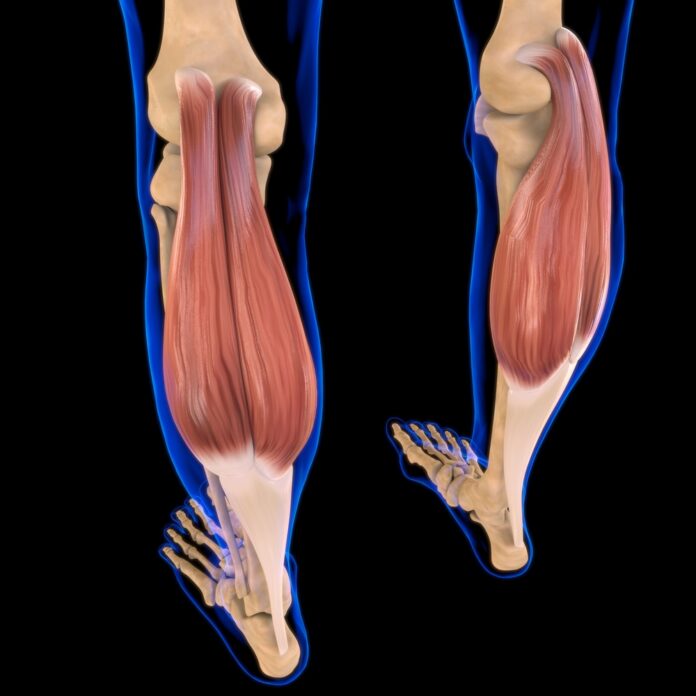Overview Of Soft Tissue Sarcoma
Soft tissue sarcoma (STS) is a cancer that forms in the soft tissue of the body. Soft tissue connects, supports, or surrounds other body parts. In adults, STS is rare.
There are many different types of soft tissue cancers. The type of sarcoma depends on the tissue it forms in:
- Muscles
- Tendons
- Fat
- Blood vessels
- Lymph vessels
- Nerves
- Tissues in and around joints
Cancer can form almost anywhere, but is most common in the:
- Head
- Neck
- Arms
- Legs
- Trunk
- Abdomen
Commonly Associated With
STS; Leiomyosarcoma; Hemangiosarcoma; Kaposi’s sarcoma; Lymphangiosarcoma; Synovial sarcoma; Neurofibrosarcoma; Liposarcoma; Fibrosarcoma; Malignant fibrous histiocytoma; Dermatofibrosarcoma; Angiosarcoma
Causes Of Soft Tissue Sarcoma
It is not known what causes most sarcomas. But there are certain risk factors:
- Some inherited diseases, such as Li-Fraumeni syndrome
- Radiation therapy for other cancers
- Exposure to certain chemicals, such as vinyl chloride or certain herbicides
- Having swelling in the arms or legs for a long time (lymphedema)
Symptoms Of Soft Tissue Sarcoma
In the early stages, there are often no symptoms. As cancer grows, it may cause a lump or swelling that keeps growing over time. Most lumps are NOT cancer.
Other symptoms include:
- Pain, if it presses on a nerve, organ, blood vessel, or muscle
- Blockage or bleeding in the stomach or intestines
- Breathing problems
Exams & Tests
Your health care provider will ask you about your medical history and do a physical exam.
Other tests may include:
- X-rays
- CT scan
- MRI
- PET scan
- If your provider suspects cancer, you might have a biopsy to check for cancer. In a biopsy, your provider collects a tissue sample to examine in the lab.
The biopsy will show if cancer is present and help show how quickly it is growing. Your provider may ask for more tests to stage cancer. Staging can tell how much cancer is present and whether it has spread.
Treatment Of Soft Tissue Sarcoma
Surgery is the most common treatment for STS.
- In the early stages, the tumor and some healthy tissue around it are removed.
- Sometimes, just a small amount of tissue needs to be removed. Other times, a wider area of tissue must be removed.
- With advanced cancers that form in an arm or leg, surgery may be followed by radiation or chemotherapy. Rarely, the limb may need to be amputated.
You also may have radiation or chemotherapy:
- Used before surgery to help shrink the tumor to make it easier to remove the cancer
- Used after surgery to kill any remaining cancer cells
- Chemotherapy may be used to help kill cancer that has metastasized. This means it has spread to different areas of the body.



